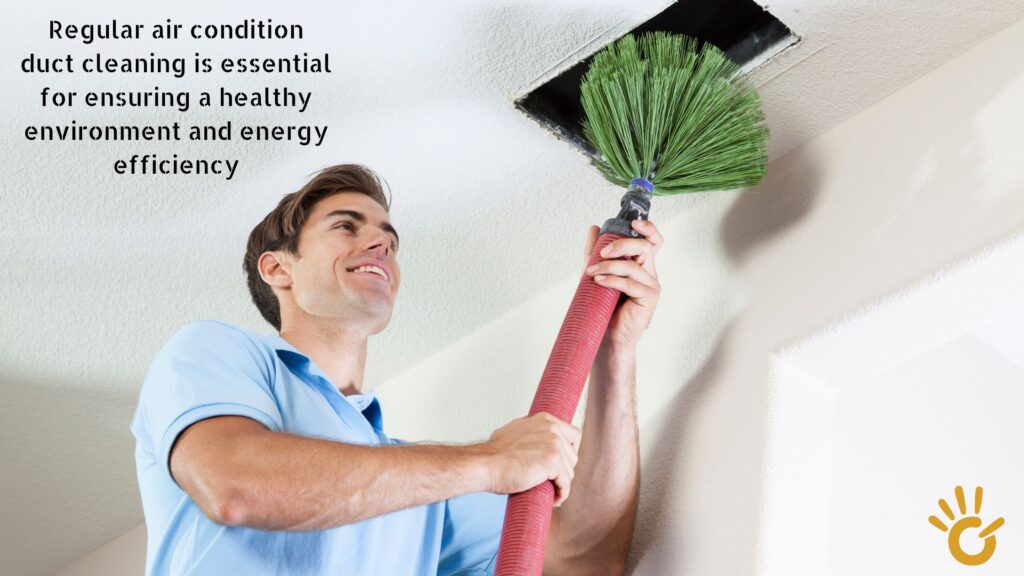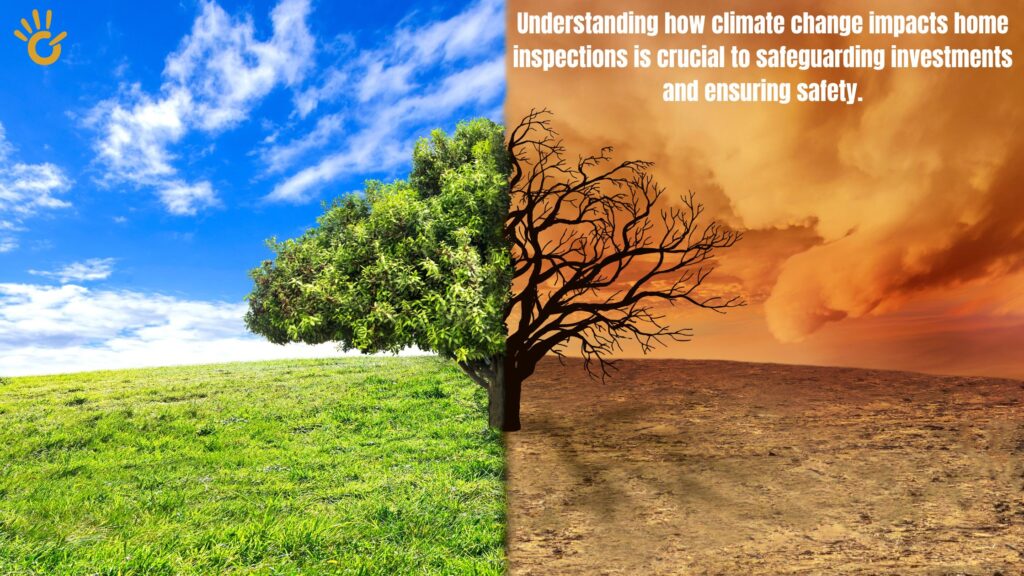Ultimate Waterproofing Guide: Protect Your Property- Waterproofing inspections are essential for maintaining the integrity of any property, whether residential, commercial, or industrial. Without proper waterproofing, buildings become vulnerable to leaks, structural damage, mold growth, and costly repairs. This guide will help property owners understand the importance of waterproofing inspections, key areas to assess, and how to prevent water damage before it becomes a major issue.
Why Waterproofing Inspections Are Essential
Water intrusion can lead to serious issues that affect the durability and safety of a building. A professional waterproofing inspection helps:
- Prevent Structural Damage: Water seepage can weaken walls, foundations, and floors over time.
- Avoid Mold & Mildew Growth: Moisture buildup promotes the growth of harmful mold, impacting indoor air quality.
- Reduce Repair Costs: Addressing water damage early prevents expensive repairs down the line.
- Increase Property Value: Well-maintained buildings with strong waterproofing systems attract buyers and tenants.
- Enhance Safety: Excess moisture can cause electrical hazards and slippery floors, increasing accident risks.
Key Areas Covered in a Waterproofing Inspection
A thorough waterproofing inspection includes an assessment of multiple areas where water infiltration commonly occurs.
1. Roof & Terrace Inspections
- Check for cracks, damaged tiles, or poor drainage systems.
- Inspect waterproofing membranes for wear and tear.
- Ensure proper sealing around vents, chimneys, and skylights.
2. Basement & Foundation Waterproofing
- Look for foundation cracks and water stains on basement walls.
- Test sump pumps and drainage systems for efficiency.
- Verify that waterproofing coatings and sealants are intact.
3. Exterior Walls & Facades
- Examine wall coatings, paint, and cladding for signs of water infiltration.
- Ensure that window and door seals are properly installed.
- Inspect expansion joints and flashing to prevent water seepage.
4. Plumbing & Drainage Systems
- Identify leaks in pipes, faucets, and bathroom fixtures.
- Check drainage slopes and ensure that rainwater is properly directed away from the building.
- Inspect underground plumbing and waterproofing layers.
5. Balconies & Outdoor Areas
- Ensure that balcony surfaces are sealed to prevent water pooling.
- Inspect railing bases and drainage outlets for leaks.
- Check the effectiveness of exterior waterproof coatings.
6. Interior Spaces
- Assess walls, ceilings, and flooring for water stains or dampness.
- Identify leaks in HVAC units or concealed plumbing.
- Test moisture levels in hidden spaces like attics or crawl spaces.
Ultimate Waterproofing Guide: Protect Your Property
Common Waterproofing Issues Found During Inspections
Some of the most frequently discovered waterproofing problems include:
- Cracked or deteriorated sealants around windows, doors, and exterior joints.
- Blocked or ineffective drainage systems, leading to water accumulation.
- Faulty roofing materials that allow rainwater penetration.
- Undetected plumbing leaks that gradually cause extensive damage.
- Poorly installed waterproof membranes, leading to water seepage in basements.
How to Prevent Water Damage & Improve Waterproofing
Property owners can take proactive steps to enhance waterproofing and protect their buildings:
✔ Schedule Regular Inspections: Annual or biannual inspections help detect issues early.
✔ Upgrade Waterproofing Systems: Invest in high-quality sealants, coatings, and drainage solutions.
✔ Maintain Gutters & Downspouts: Clean gutters regularly to ensure efficient water flow.
✔ Repair Cracks Immediately: Address minor cracks in walls, roofs, and foundations before they worsen.
✔ Use Waterproof Paints & Coatings: Protective coatings can extend the life of exterior walls.
Hiring Professional Waterproofing Inspectors
A DIY inspection may catch surface-level issues, but professional waterproofing inspectors use advanced tools such as:
- Thermal imaging cameras to detect hidden leaks.
- Moisture meters to measure dampness levels.
- Endoscopic cameras to inspect concealed plumbing lines.
Choosing a reputable waterproofing inspection service ensures a comprehensive evaluation and tailored solutions to keep your property safe from water damage.
Final Thoughts
Waterproofing inspections are a crucial part of property maintenance, preventing costly damages and enhancing structural longevity. Whether you own a residential home or a commercial building, regular inspections help you identify risks early and implement effective waterproofing solutions.
By prioritizing waterproofing, you can safeguard your property from leaks, mold, and expensive repairs—ensuring a durable and well-maintained structure for years to come.




Pingback: Signs of Waterproofing Failures in Your Property 0